Ok...for those of you will only accept pin-sharp Planar images please look away now!
I have been shooting soft, lo-fi Zone Plate(a type of pinhole) pics with my 503 for the last six months and am posting some examples here for you took at.
Basically a zone plate is put in the place of the lens and because the one I use is F65 the image in the viewfinder is extremely dim and so requires a steady tripod & levels to help with composition and avoid shake because typical exposures with good light can be between 1/15 - 1 sec.
Anyway, here are a few images together with some blurb to give them some context:
Pic 1: I have been shooting with a 75mm f65 zone plate on a Hasselblad 503CW since last October and this is the first shot. The sculpture is in Dublin and is by Linda Brunker.
The neg got a bit mangled in processing due to a sticky reel but I managed to salvage it ok.
Pics 2 & 3: The town I live in has a couple of windmills (one 5-sail and one 4-sail) plus a watermill on an elevated site.
There was a bakery on the site up until the 1980's when it closed. Many people from the locality were employed in the bakery over the last couple of centuries, among them some relatives of mine - the most recent being my uncle Sammy.
Sammy used to deliver the hot baked bread to local shops and houses on a horsedrawn breadcart. I remember it was quite a sight and when I was a small boy he used to toss batch loaves down to me (you know the ones with the 'dimples') as he drove his horse and van by. I will always remember how the warm bread used to smell so delicious. By the time I got as far as the kitchen some pieces of the side of the bread would inevitably have been torn off so great was the temptation!
Well the Bakery was eventually sold and later underwent restoration along with the mills and now is a visitor centre with cafe, exhibition space and of course the mills are fully working. At harvest time the field beside the complex has a crop of oats which is cut with a steam threashing machine for the educational benefit of younger generations.
Pics 4,5,6: These three pics are from a series I took of the only remaining part of a once stately home some miles from my house.
Kenure House which was owned by the Palmer Family of Rush, Co Dublin fell into disrepair by the late sixties and was subsequently purchased by the local authority who required the estate land for development. In what was a very sad and divisive move they elected to demolish 99.9% of the house rather than opt for restoration.
This left just the Portico which now stands as a reminder of an era when style and classic design were celebrated by the gentry here in Ireland.
I have been shooting soft, lo-fi Zone Plate(a type of pinhole) pics with my 503 for the last six months and am posting some examples here for you took at.
Basically a zone plate is put in the place of the lens and because the one I use is F65 the image in the viewfinder is extremely dim and so requires a steady tripod & levels to help with composition and avoid shake because typical exposures with good light can be between 1/15 - 1 sec.
Anyway, here are a few images together with some blurb to give them some context:
Pic 1: I have been shooting with a 75mm f65 zone plate on a Hasselblad 503CW since last October and this is the first shot. The sculpture is in Dublin and is by Linda Brunker.
The neg got a bit mangled in processing due to a sticky reel but I managed to salvage it ok.
Pics 2 & 3: The town I live in has a couple of windmills (one 5-sail and one 4-sail) plus a watermill on an elevated site.
There was a bakery on the site up until the 1980's when it closed. Many people from the locality were employed in the bakery over the last couple of centuries, among them some relatives of mine - the most recent being my uncle Sammy.
Sammy used to deliver the hot baked bread to local shops and houses on a horsedrawn breadcart. I remember it was quite a sight and when I was a small boy he used to toss batch loaves down to me (you know the ones with the 'dimples') as he drove his horse and van by. I will always remember how the warm bread used to smell so delicious. By the time I got as far as the kitchen some pieces of the side of the bread would inevitably have been torn off so great was the temptation!
Well the Bakery was eventually sold and later underwent restoration along with the mills and now is a visitor centre with cafe, exhibition space and of course the mills are fully working. At harvest time the field beside the complex has a crop of oats which is cut with a steam threashing machine for the educational benefit of younger generations.
Pics 4,5,6: These three pics are from a series I took of the only remaining part of a once stately home some miles from my house.
Kenure House which was owned by the Palmer Family of Rush, Co Dublin fell into disrepair by the late sixties and was subsequently purchased by the local authority who required the estate land for development. In what was a very sad and divisive move they elected to demolish 99.9% of the house rather than opt for restoration.
This left just the Portico which now stands as a reminder of an era when style and classic design were celebrated by the gentry here in Ireland.
Attachments
-
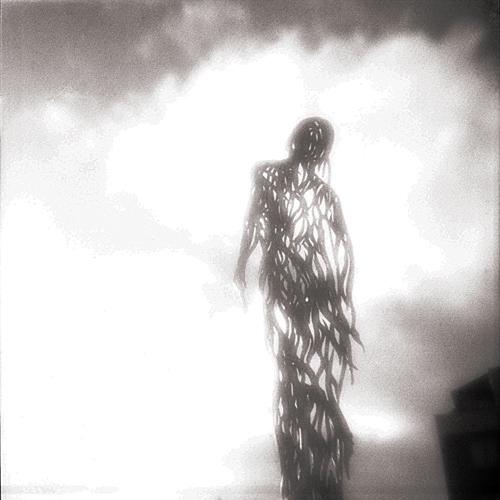 Overflow-Sculpture-improvedres.jpg91.9 KB · Views: 40
Overflow-Sculpture-improvedres.jpg91.9 KB · Views: 40 -
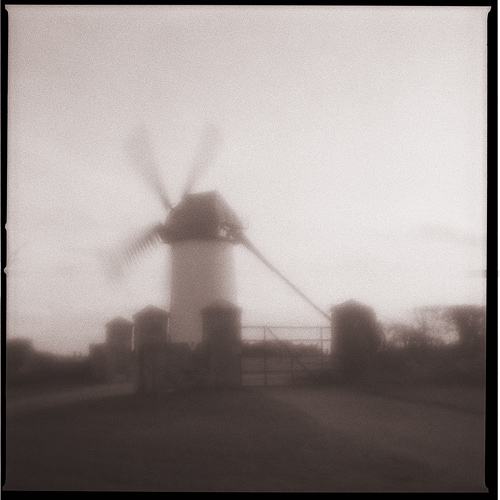 Windmill-5-sail001.jpg92.7 KB · Views: 37
Windmill-5-sail001.jpg92.7 KB · Views: 37 -
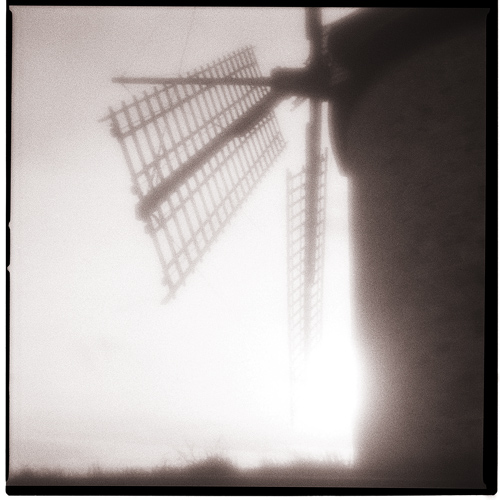 Windmill-4-sail001.jpg93.3 KB · Views: 34
Windmill-4-sail001.jpg93.3 KB · Views: 34 -
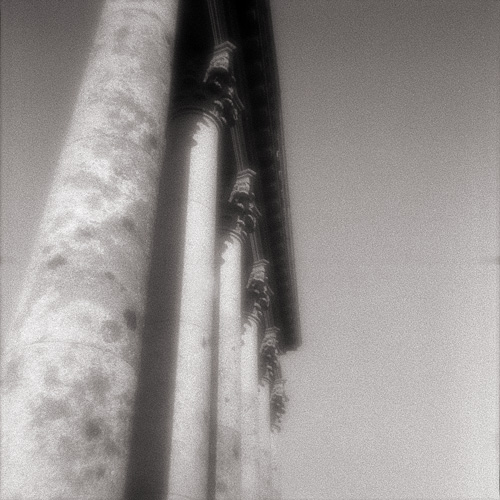 Kenure-House-Portico001.jpg93.5 KB · Views: 51
Kenure-House-Portico001.jpg93.5 KB · Views: 51 -
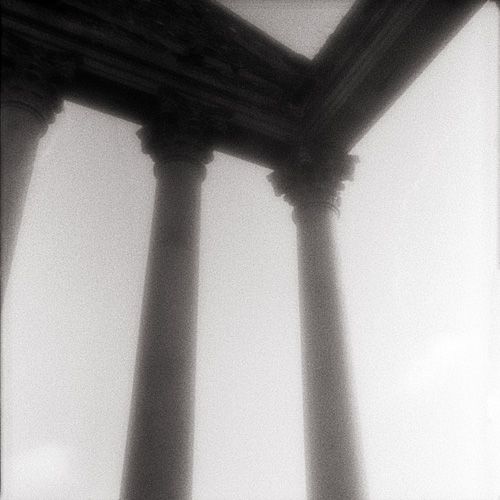 Kenure-House-Portico002.jpg74.3 KB · Views: 35
Kenure-House-Portico002.jpg74.3 KB · Views: 35 -
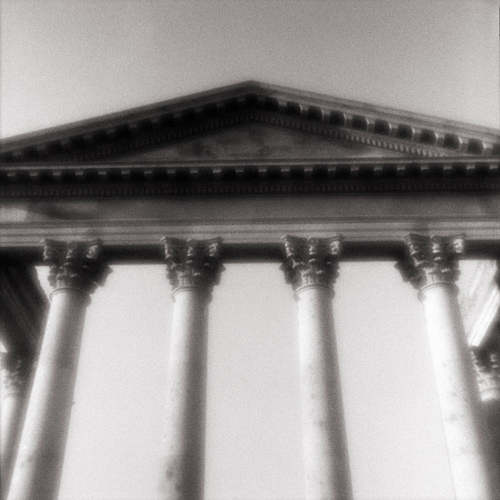 Kenure-Portico004.jpg91.3 KB · Views: 34
Kenure-Portico004.jpg91.3 KB · Views: 34 -
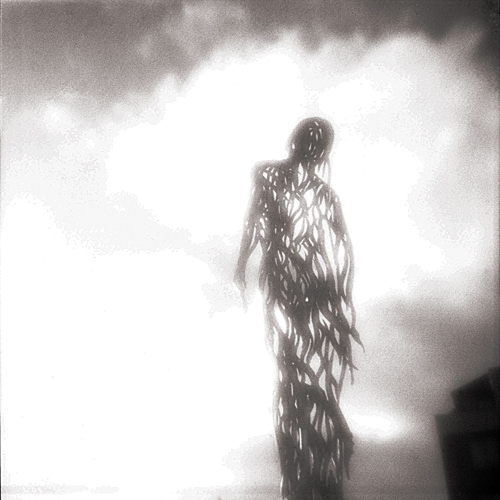 Overflow-Sculpture-improvedres.jpg91.9 KB · Views: 38
Overflow-Sculpture-improvedres.jpg91.9 KB · Views: 38 -
 Windmill-5-sail001.jpg92.7 KB · Views: 37
Windmill-5-sail001.jpg92.7 KB · Views: 37 -
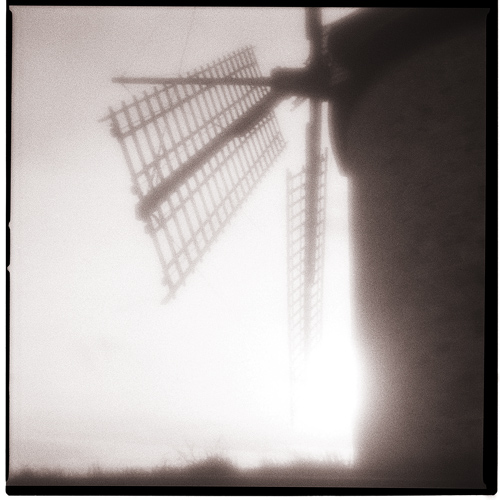 Windmill-4-sail001.jpg93.3 KB · Views: 33
Windmill-4-sail001.jpg93.3 KB · Views: 33 -
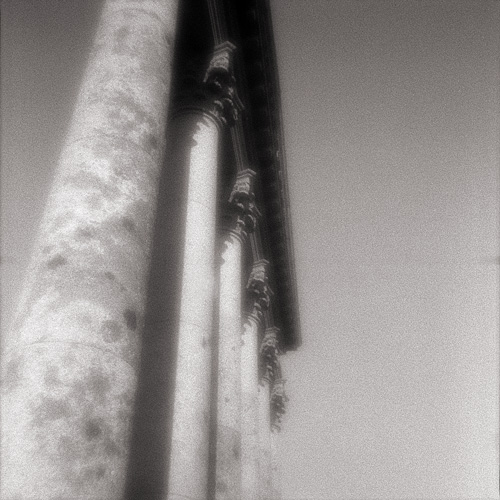 Kenure-House-Portico001.jpg93.5 KB · Views: 51
Kenure-House-Portico001.jpg93.5 KB · Views: 51 -
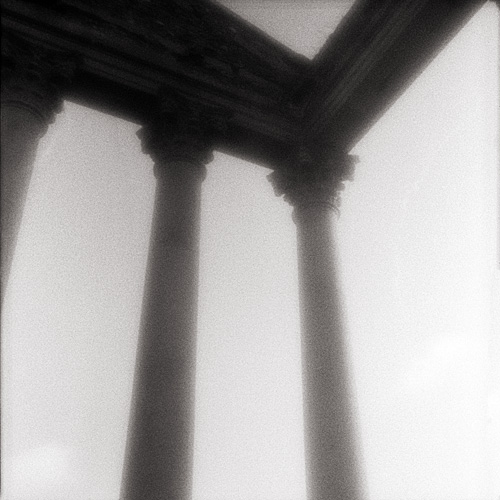 Kenure-House-Portico002.jpg74.3 KB · Views: 35
Kenure-House-Portico002.jpg74.3 KB · Views: 35 -
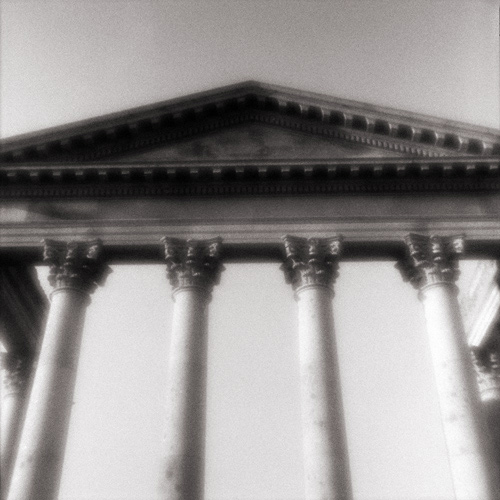 Kenure-Portico004.jpg91.3 KB · Views: 32
Kenure-Portico004.jpg91.3 KB · Views: 32